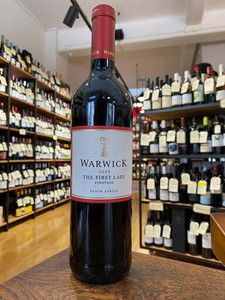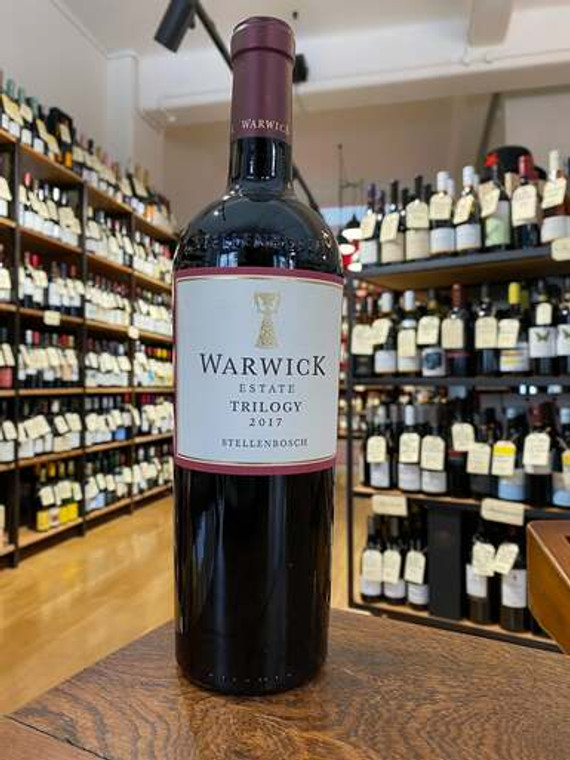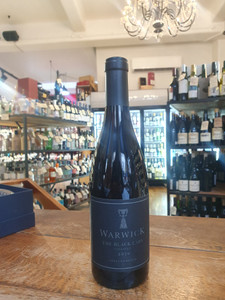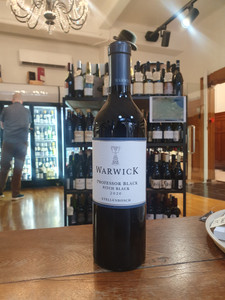
Deep garnet in colour, with a ruby red rim.Aromas of cassis, lavender, cedarwood, cigar box on the first approach. As the wine breaths it shows more crème de cassis and blackberries. The palate is rich and concentrated with intensity and structure. Black berries and cassis follow from the initial aromas through onto a complex aroma of sweet spices and a lovely savoury element. The tannins are firm, but well structured and will allow the wine to age gracefully over the next 5 – 10 years. Decant for a few hours if you want this wine to show its true colours.
ageing : 5 - 10 years.
GET INSPIRED. SHOP CAHN’S
Cahn’s is Auckland CBD’s leading expert for premium wine, eclectic spirits, and fine beer. We blend deep knowledge with a fun, personal shopping experience.
QUICK & EASY WAYS TO SHOP
Fast Delivery: We process and dispatch your order swiftly and securely. Get your favourite Pinot Noir, vintage Port, or rare whisky delivered to your door in perfect condition.
Local Collection: Choose In-Store Pickup at checkout. Pop into our welcoming CBD store to collect your order and say hello to Martin, Tristan, or Frankie. It's the perfect way to blend online ease with a local, personal touch.
THE CAHN'S CHALLENGE: WE FIND THE ELUSIVE
Finding it difficult and frustrating to find that elusive beverage that you have been yearning for? We pride ourselves on being able to find most products that are available in New Zealand and, at times, we may even import the product ourselves. We dare you to throw down the challenge. Test us. We are confident that we can deliver on most occasions.
CORPORATE GIFTING: STYLISH & SIMPLE
We offer specific services for Corporates as well. Do you need assistance to choose larger quantities of champagne, whisky or wine as gifts during the year or for the end-of-year festivities? Look no further! We thrive on offering advice and sourcing exactly what you are after. We can supply greeting cards and even write the note (with a Montblanc pen) for you and arrange delivery.








